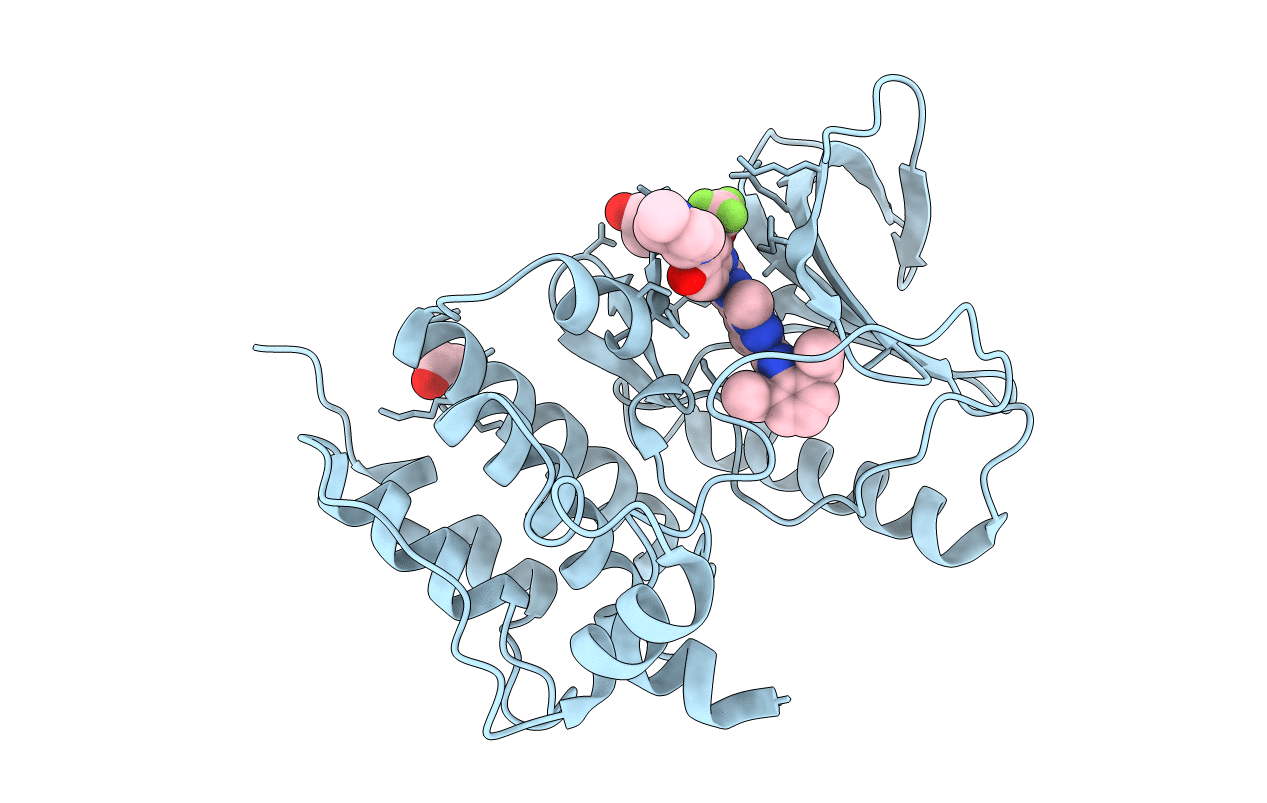
Deposition Date
2017-04-28
Release Date
2017-07-26
Last Version Date
2024-11-13
Entry Detail
PDB ID:
5NTT
Keywords:
Title:
Crystal structure of human Mps1 (TTK) C604Y mutant in complex with NMS-P715
Biological Source:
Source Organism:
Homo sapiens (Taxon ID: 9606)
Host Organism:
Method Details:
Experimental Method:
Resolution:
2.75 Å
R-Value Free:
0.22
R-Value Work:
0.19
R-Value Observed:
0.20
Space Group:
I 2 2 2


